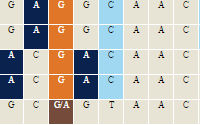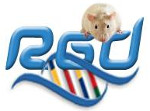Cellular Component Object Symbol | Species | Term | Qualifier | Evidence | With | Notes | Source | Original Reference(s) | Brsk2 | Rat | cytoplasm | located_in | ISS | UniProtKB:Q8TDC3 | PMID:15150265 | UniProt | | Brsk2 | Rat | nucleus | located_in | ISS | UniProtKB:Q8TDC3 | PMID:15150265 | UniProt | | | |||||||||||||||||||||||||||||||||||||||||||||||||||||||||||||||||||||||
|
|
Molecular Function




















